The mechanism to curb the adverse effects of climate change is in full swing. Several nations have already announced a ban to sell new vehicles that consume fossil fuels—the most recent of which was Tokyo, Japan that has set the year 2030 as its deadline.
While electric and hybrid cars have become the more popular alternative vehicle type all over the globe, Toyota has actually started using an arguably eco-friendlier fuel type back in 2014: hydrogen fuel cell electric vehicles (FCEV).
This was in the form of the Toyota Mirai (Japanese for “future”)—aptly named considering the current move to cleaner emissions at the turn of the decade. The Mirai was introduced in 2014 at the Los Angeles Auto Show and regarded as one of the first FCVs to be sold commercially.
At the end of 2019, Toyota has sold over 10,000 units of the Mirai globally, and it’s high time for the midsize FCEV to get a complete revamp—and the company has already commenced the sales in Japan for the completely redesigned 2021 Toyota Mirai.
COMPLETELY REDESIGNED
The changes in the second-generation Mirai are astronomical. Now sitting atop a new TNGA-L platform – known for its high-end, rear-wheel-drive applications on the Lexus LC and LS – the Mirai promises enhanced body rigidity and sportier drive than ever.
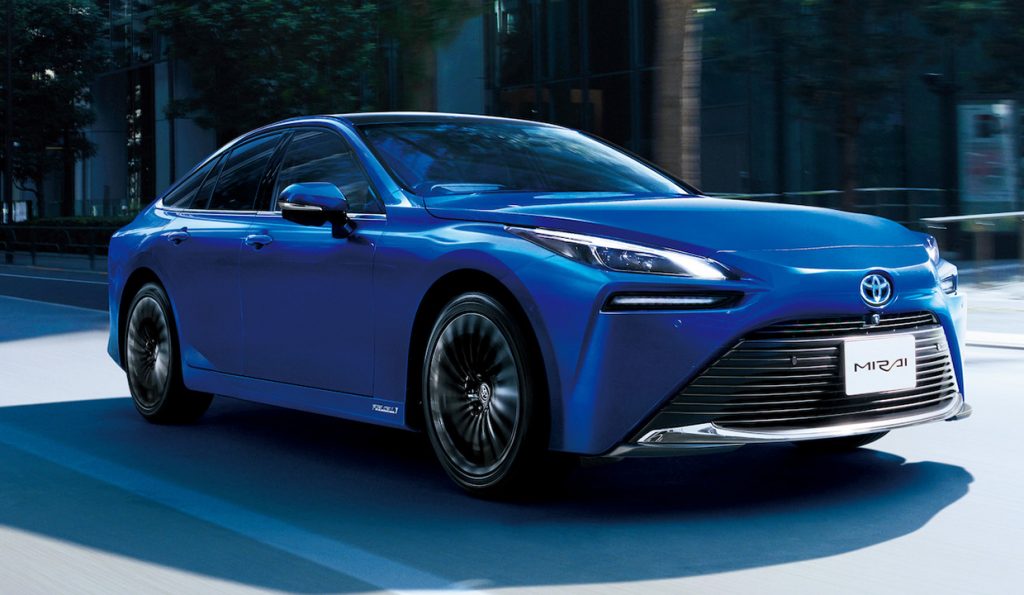
Design is another thing to laud about the new Mirai. While its predecessor wasn’t exactly the prettiest thing on the planet, the new-generation model looks more imposing while keeping its composure as an elegant, non-harmful sedan. It comes with 20-inch wheels as standard and Toyota said that the four-door sedan is actually inspired by coupes, design-wise.
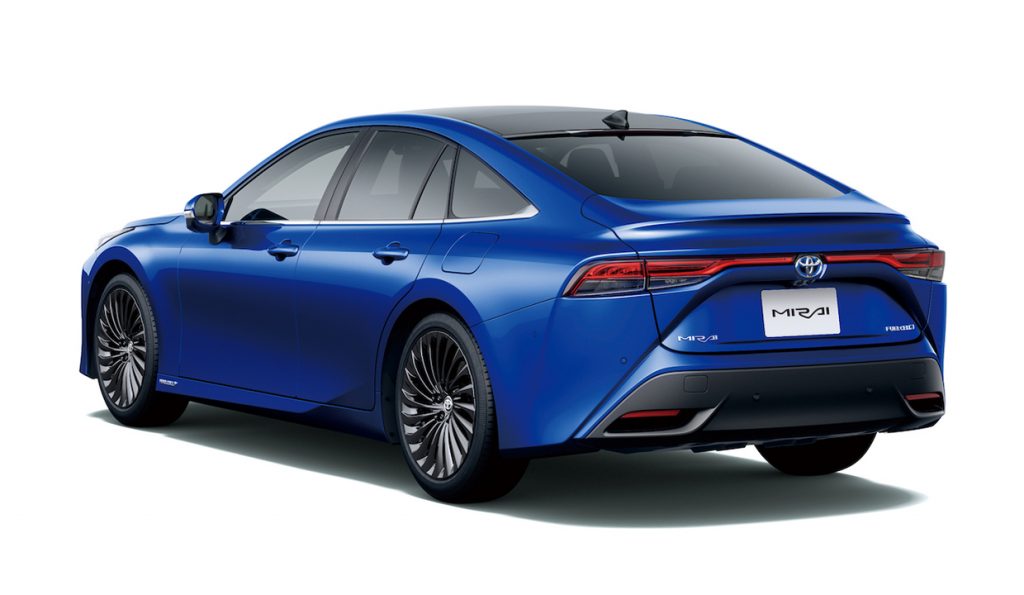
The cabin has been greatly improved as well, with a new layout, design, and more use of high-quality materials. It also has a cleaner look than before, while a 12.3-inch touchscreen infotainment display crowns the dashboard, partnered with a 14-speaker JBL sound system.
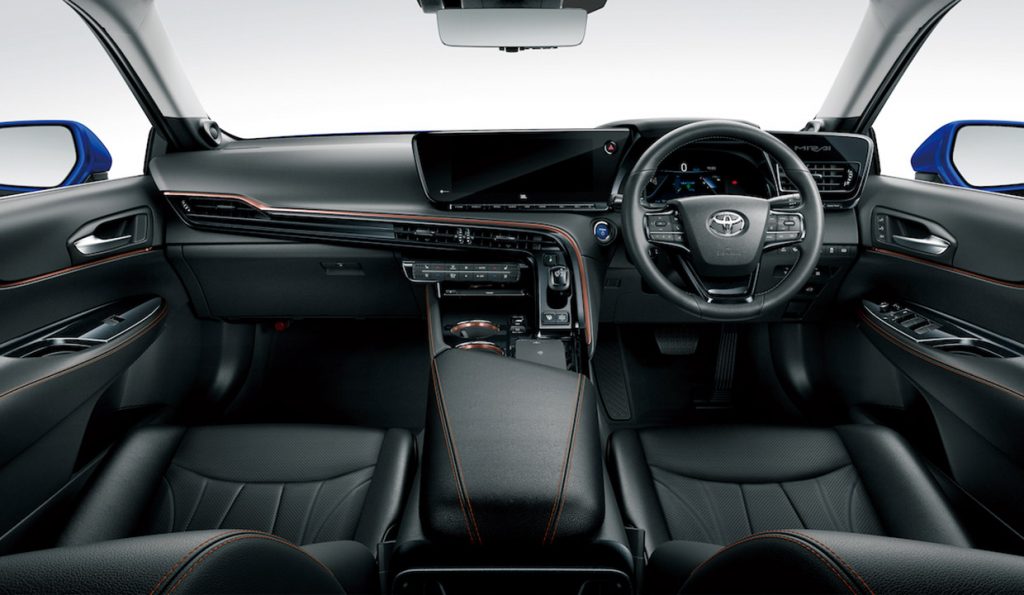
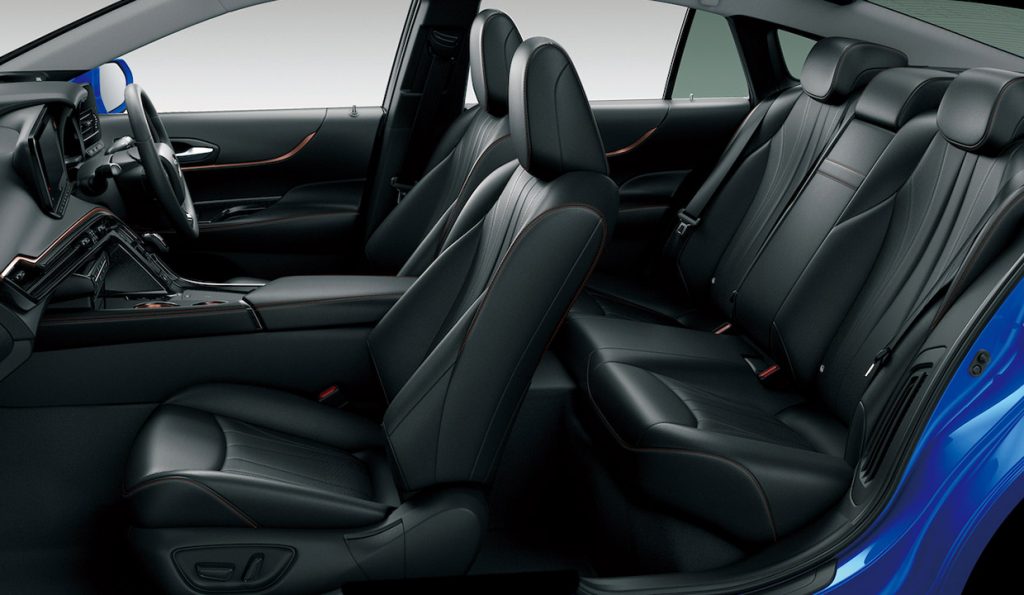
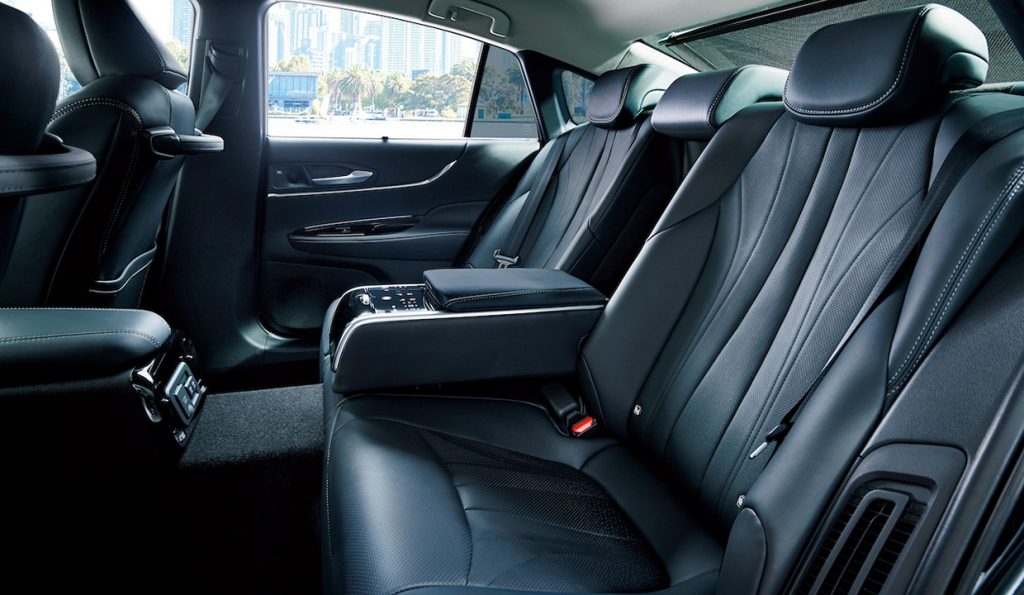
Toyota also equips the Mirai with the latest version of the Toyota Safety Sense, which aims to achieve its goal of “zero casualties and injuries from traffic accidents.” This, of course, comes with an advanced pre-collision mitigation system, radar cruise control with speed reduction on curves, and driver emergency stop assist, among plenty more others.
ECO-FRIENDLIER?
FCVs are basically electric vehicles that don’t draw power from conventional EV batteries. Instead, the electric motor gets its power from fuel cells, which store electricity from a chemical reaction between hydrogen and oxygen from the air.
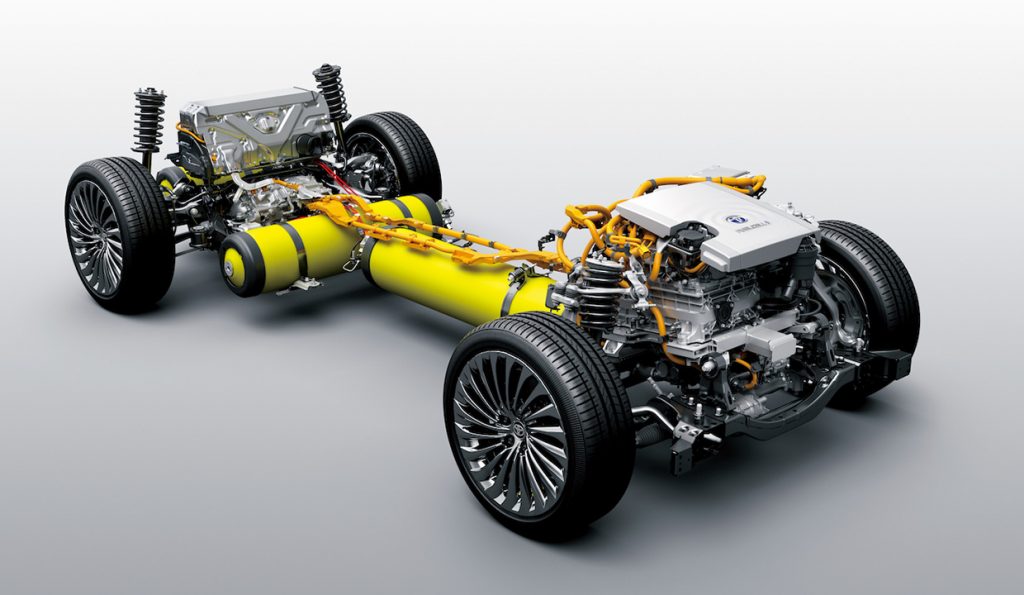
The result is an eco-friendly emission. And while regular FCVs’ by-products are water vapor and heat, the new Mirai produces clean air as you drive, working as an air purifier system on wheels. The system consists of an enhanced air cleaner element (dust filter) that can capture particles down to the PM2.5 level. A chemical filter also eliminates harmful chemical substances during the reaction.
Toyota calls this “Minus Emissions” and could better contribute to the improvement of air quality versus electric and hybrid vehicles.
A VIABLE SOURCE OF POWER DURING EMERGENCIES
With the capability to produce electricity with hydrogen fuel and air, the Mirai FCV can also stand as an emergency power source during power outages caused by disasters and other emergency situations.
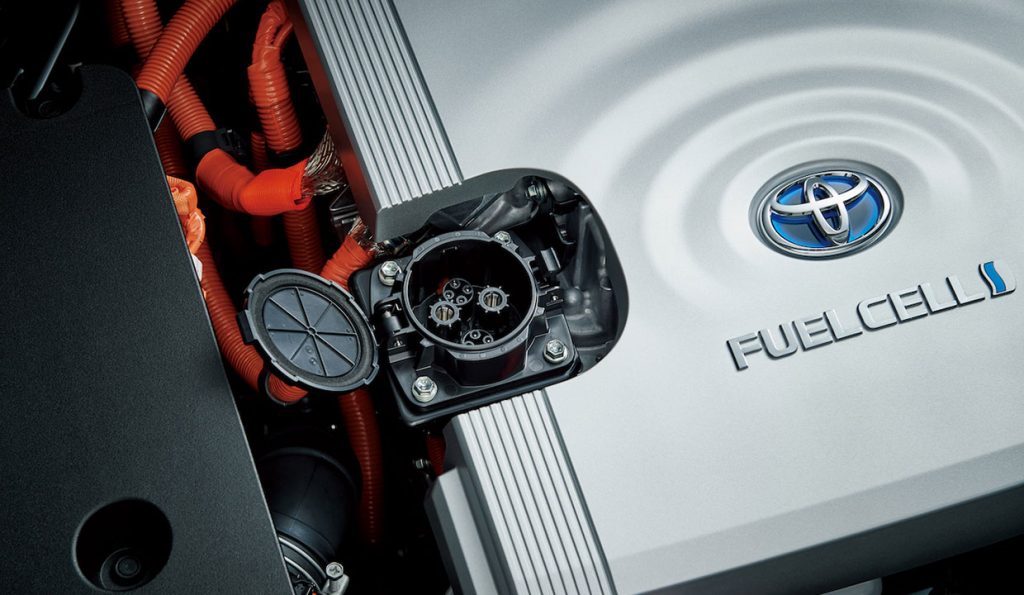
There are two ways the Mirai can provide power – the first is through a power supply outlet found in a compartment under the hood. This can supply up to 9kW of power.
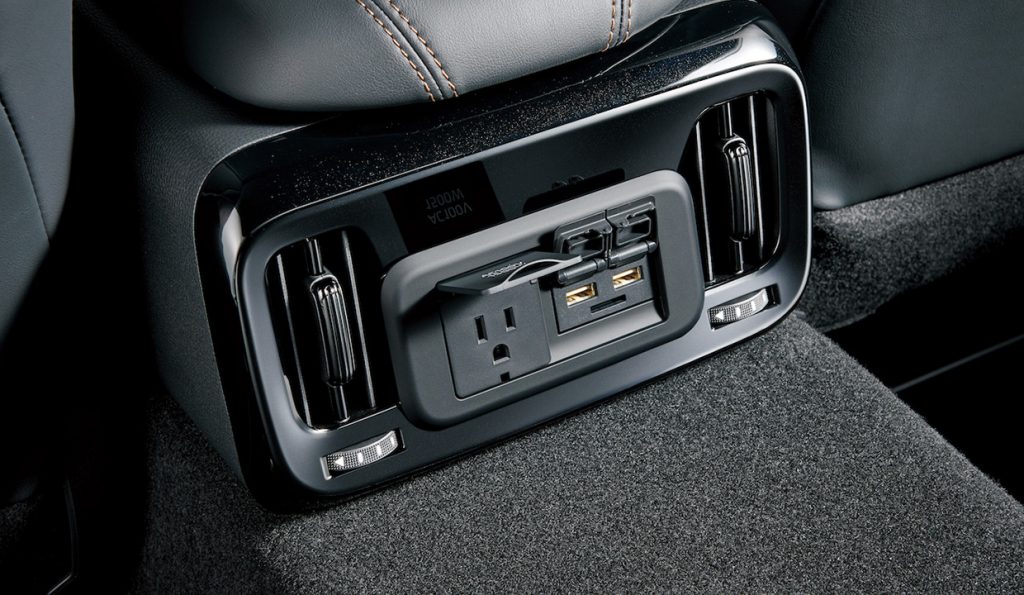
The other is through the Mirai’s two accessory sockets (AC 100V, 1500W). For an ordinary household in Japan, which consumes 400Wh of electric power per day, it can provide electricity for up to four days.
PRICING & AVAILABILITY
The Toyota Mirai stands as a premium option for environmentally conscious car buyers in Japan, the United States, and other parts of the world.
It has five variants in Japan, which start from the G variant that’s priced at ¥7.10 million (P3.28 million) for the base trim, while the G variant with A Package has a sticker price of ¥7.35 million (P3.40 million). The G Executive Package comes at ¥7.55 million (P3.48 million) and the Z trim sells for ¥7.90 million (P3.65 million). The top-spec Z Executive Package, which comes with all the bells and the whistles, has a price tag of ¥8.05 million (P3.72 million).
Take note that the prices and conversion here to Philippine peso are based on the current exchange rates and don’t include applicable taxes and duties.
Japan has started selling the 2021 Mirai, while the U.S. already got the updated model and will start selling by the end of this year. As for the Philippines, well, your guess is just as good as ours at this point. But with the environmental benefits discussed above, Toyota Motor Philippines should consider bringing the premium sedan locally—if only the government could subsidize the importation of this eco-friendly vehicle.

